Looking at the Android flagship landscape in 2025, we are seeing a fascinating battle between two phones that embody very different ideas of what a premium smartphone should be.
OnePlus has just dropped the OnePlus 15 with some seriously impressive hardware; we are talking about a massive 7,300mAh battery and Qualcomm's latest Snapdragon 8 Elite Gen 5 processor, according to Android Central. Meanwhile, Samsung's Galaxy S25 Plus has been available since February, running on the Snapdragon 8 Elite for Galaxy chip with their refined One UI 7 interface, as reported by Android Central.
Here is what makes this comparison especially interesting. Samsung is asking $999.99 for the Galaxy S25 Plus, while OnePlus prices the 15 at $899 for the base variant, based on comparison data. That $100 gap looks even bigger once you see what OnePlus delivers for less, flagship performance, and some battery tricks that might change how you think about charging.
Display showdown: High refresh rates vs. premium quality
When you pick up these devices, you are looking at two philosophies on glass. The OnePlus 15 brings a 6.78-inch 1.5K AMOLED that runs at a blistering 165Hz, according to Android Central. Samsung answers with the Galaxy S25 Plus and its 6.7-inch QHD+ AMOLED 2X at 120Hz, as noted by the same source.
Here is the twist. OnePlus stepped back on resolution this year. The panel drops from 3K on previous models to 1.5K on the OnePlus 15, Android Central reports. On paper, a downgrade. In practice, a deliberate swap to unlock that 165Hz refresh and protect the mammoth battery life that defines the phone.
If you game or scroll endlessly, the extra 45Hz feels different in the hand. Smoother flicks. Less blur in fast action. Brightness testing shows the OnePlus hitting about 1,689 nits in high brightness mode, even though it is rated for up to 1,800 nits, according to Android Headlines. Samsung's display tech still sets the bar most rivals chase, with reviewers calling Samsung screens "the best smartphone display I have used this year," Android Police notes.
Different playbooks, same goal. OnePlus leans into a gaming feel, high refresh, and tuned touch response. Samsung aims for visual polish, color accuracy, and that rich AMOLED look built over years of iteration. If you shoot and watch a lot of video, Samsung's approach shines. If you live in Genshin and quick-tap shooters, OnePlus feels tailor-made.
Raw performance: Thermal management makes the difference
Both phones are rockets. They just get there differently. The OnePlus 15 runs the Qualcomm Snapdragon 8 Elite Gen 5, while the Galaxy S25 Plus uses the Snapdragon 8 Elite for Galaxy chip, Android Central confirms. Do not let the names blur together; OnePlus changes the conversation with thermal control.
Cooling is where OnePlus goes big. The Snapdragon 8 Elite, a proprietary 360 Cryo-Velocity cooling system, and a triple-chip setup combine to keep clocks high longer, Android Headlines reports. The result is sustained gaming and heavy multitasking without that familiar mid-session slowdown.
Benchmarks back it up. Geekbench single-core of 3,648, multi-core of 10,788, and GPU of 24,530, according to testing data. Thermal tests show about 119.6°F during intensive 3DMark stress runs and around 97.6°F during Genshin Impact, the same source indicates. In plain English, you can actually hold the phone comfortably while you play.
For power users who push their phones hard, that matters. Video edits, big apps, hours of gaming, the OnePlus 15 stays consistent while others start to throttle. Paired with that $400 delta against Samsung's Ultra model, it fits the "Ultra-tier performance for hundreds less" label, Android Headlines notes.
Battery life and charging: Where OnePlus changes everything
This is the headline feature. The OnePlus 15 packs a 7,300mAh battery, multiple sources confirm. The Galaxy S25 Plus carries 4,900mAh, according to comparison data. Less anxiety, more runway.
In rundown testing, the OnePlus 15 hit roughly 23 hours and 52 minutes, Android Headlines reports. For heavy users, that looks like real all-day endurance, streaming on commutes, a few gaming bursts, long video calls, and still skipping the afternoon outlet hunt.
Charging flips the script, too. The OnePlus 15 supports 120W wired internationally, 80W in the US, and 50W wireless, according to Android Headlines. The Galaxy S25 Plus offers 45W wired and 15W wireless, according to comparison specs.
A full charge on the OnePlus lands in about 40 minutes, testing shows. Shower, coffee, keys, done. For travelers and anyone bouncing between meetings, that speed clears mental clutter.
Durability adds to the appeal. The OnePlus 15 carries IP68 and IP69 ratings for dust and water resistance, ZDNet confirms. The Galaxy S25 Plus is IP68, according to the same source notes. IP69 means protection against high-pressure water jets, useful if your weekends involve trails and mud. The OnePlus 15's display even responds with water droplets on it, ZDNet reports.
Camera capabilities: Megapixel abundance vs. computational refinement
Photography shows the clearest split. The OnePlus 15 stacks three 50MP sensors, primary, ultrawide, and a 3.5x telephoto, Android Headlines confirms. Samsung goes leaner on paper with the Galaxy S25 Plus, a 50MP main, 12MP ultrawide, and 10MP telephoto at 3x, comparison data shows.
OnePlus is chasing resolution across the board. The main camera uses a 50MP sensor with F1.8 aperture, a 24mm focal length, a 1/1.56 inch sensor, and 1.0 μm pixels, PhoneArena details. The ultrawide is 50MP at F2.0 and 16mm, and the telephoto is 50MP at F2.8 and 80mm with 3.5x optical zoom, the same source indicates.
That approach gives creators room to work. High-res sensors mean cleaner crops for social posts, stronger digital zoom, and better low-light through pixel binning. If you like pulling detail out of RAW files, OnePlus gives you material to play with.
Samsung leans on computational skills. Years of tuning in processing, AI scene detection, and smart optimization help deliver images that often look ready to share right out of the camera. Fewer megapixels in spots, more software muscle.
Up front, the priorities split again. OnePlus goes with 32MP, while Samsung opts for 12MP with PDAF and HDR, PhoneArena reports. OnePlus caters to selfie fans and video callers with resolution, and Samsung bets on processing quality.
Software and AI: Samsung's ecosystem advantage
Software is where Samsung's long game shows. The Galaxy S25 Plus ships with One UI 7 and can upgrade to One UI 8, Android Central notes. AI shows up in everyday places, like live translation on calls, smart photo edits, quick replies, and context-aware nudges that actually save time.
These are not party tricks. Pull text from an image, polish a photo automatically, and get app suggestions when you usually need them. The rest of the Galaxy lineup connects cleanly; tablets, earbuds, watches, and smart home gear feel like part of the same living room.
Long-term support tilts toward Samsung, too. The Galaxy S25 Ultra offers seven years of OS and security updates, ZDNet confirms. OnePlus has stepped up with four years of OS updates and six years of security updates for the OnePlus 15, Android Headlines reports. If you keep phones for a long time, that difference adds up.
OnePlus takes a lighter touch on software, fast and clean, the way early fans liked it. The classic Alert Slider is gone, replaced by the Plus Key that opens Mind Space by default, Android Headlines notes. The device runs Android 16, while the Galaxy S25 Plus operates on Android 15, according to comparison data. New Android version quickly, minimal fluff, snappy feel.
Which flagship matches your priorities?
Bottom line, these phones serve different people. Your pick depends on how you use a phone at 7 a.m., 3 p.m., and midnight.
The OnePlus 15 is for anyone who is over battery anxiety, slow top-ups, and hot throttling during games. A 7,300mAh battery, faster charging, and steady thermals at a lower price, multiple sources confirm, make it the practical choice. Mobile gamers, heavy users, and frequent travelers, you will feel the difference on day one.
Samsung's Galaxy S25 Plus fits users who want ecosystem harmony and long-haul software polish. It launched at $999.99, but current pricing on Amazon starts at $599 for the 128GB model, Tom's Guide reports. Strong AI features, best-in-class displays, and that seven-year commitment make sense if you live in the Samsung world.
So the choice is simple to say, but not always simple to make. Immediate, everyday wins with battery, charging, and sustained speed, or a deeper software experience that grows more valuable the longer you own it. Both solve real problems, just in different lanes. Pick the lane you actually drive in.







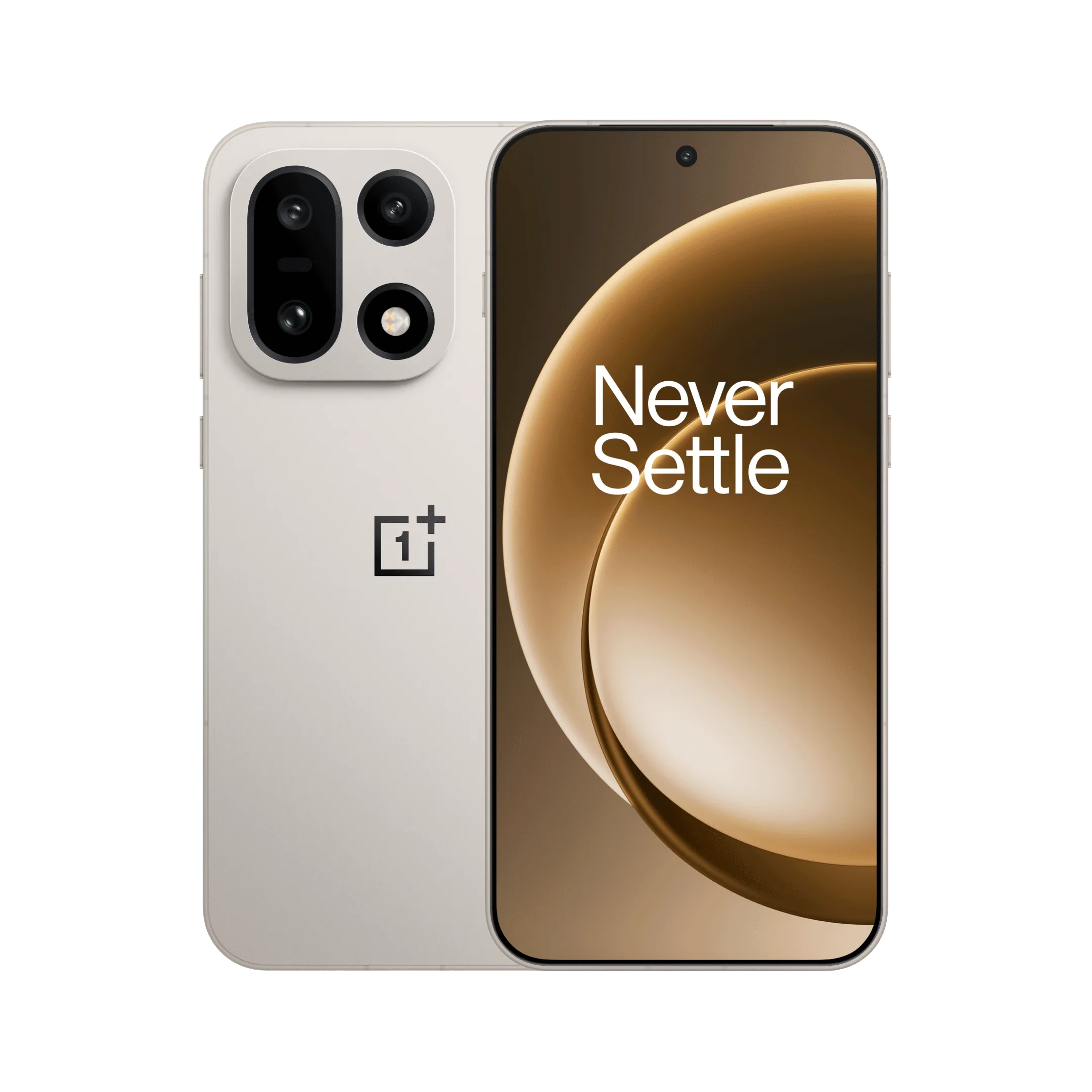


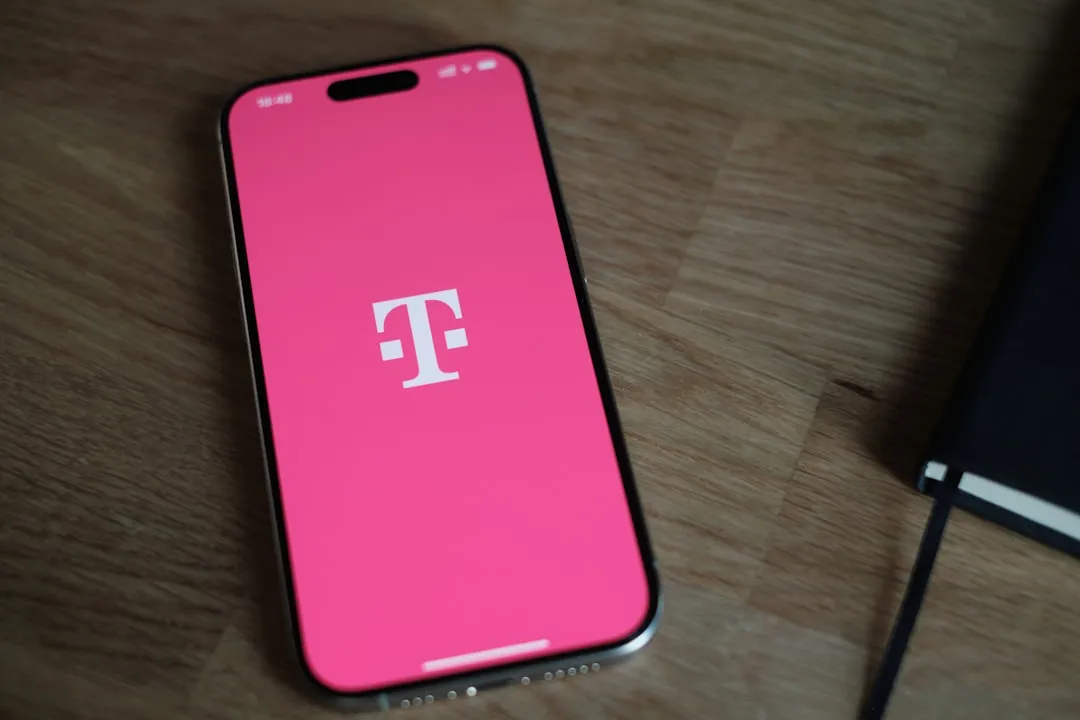
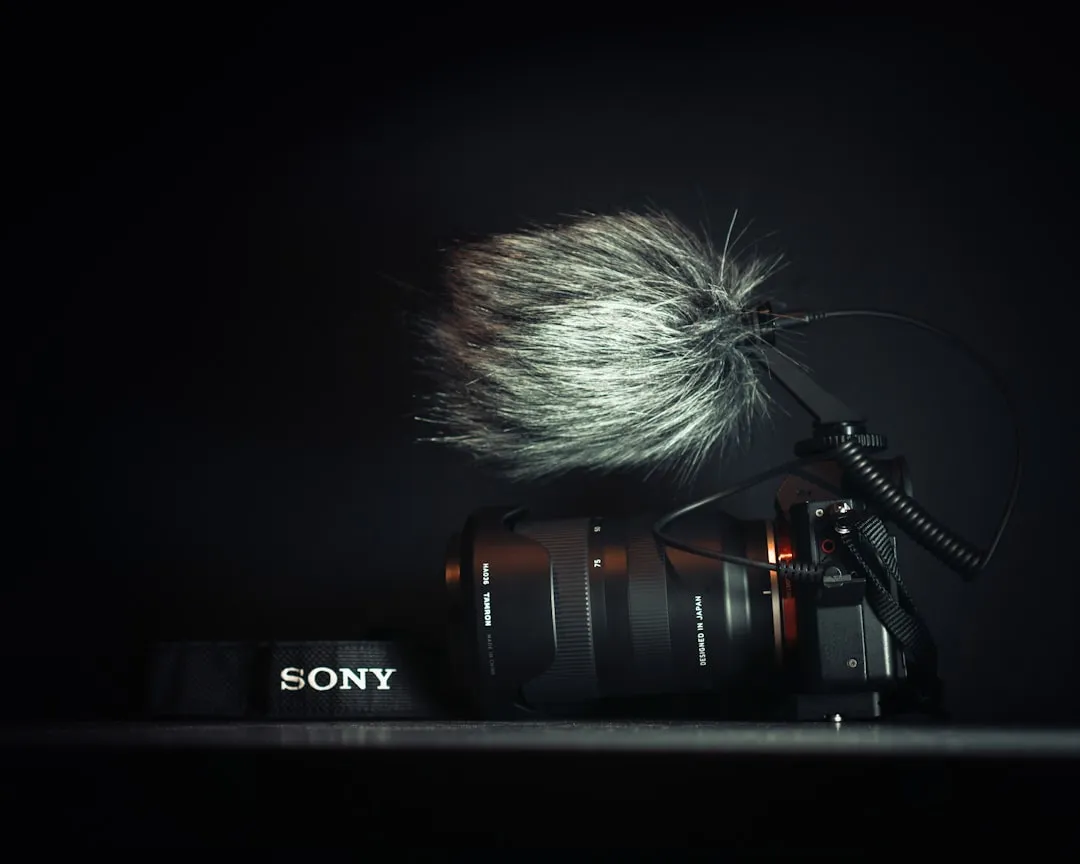
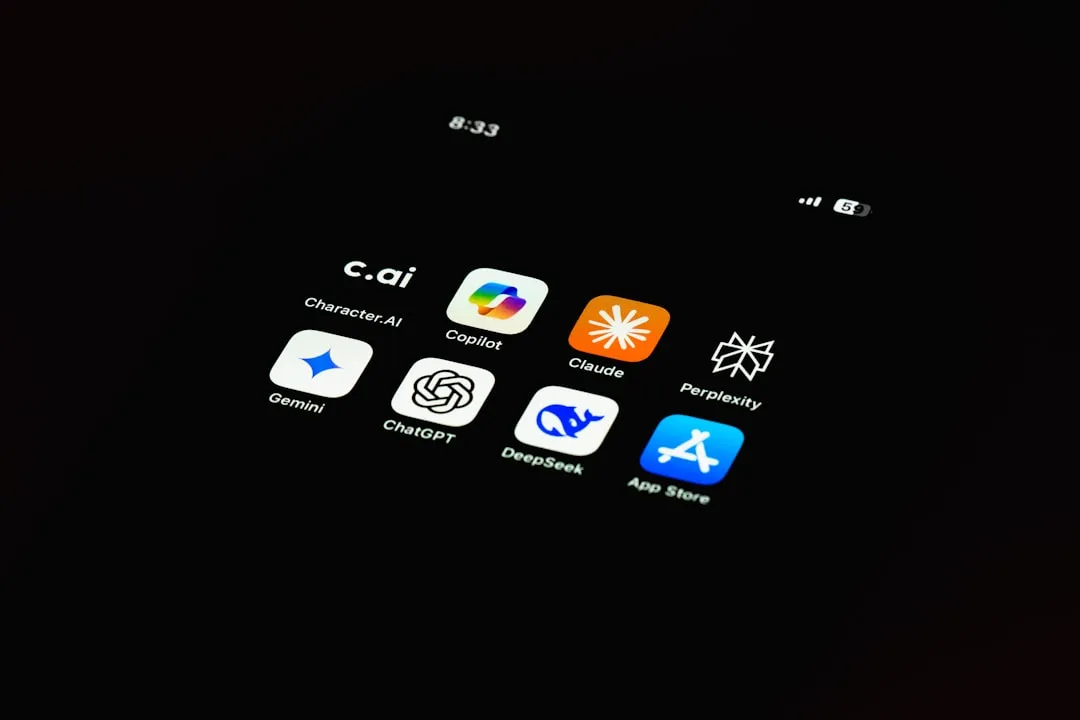


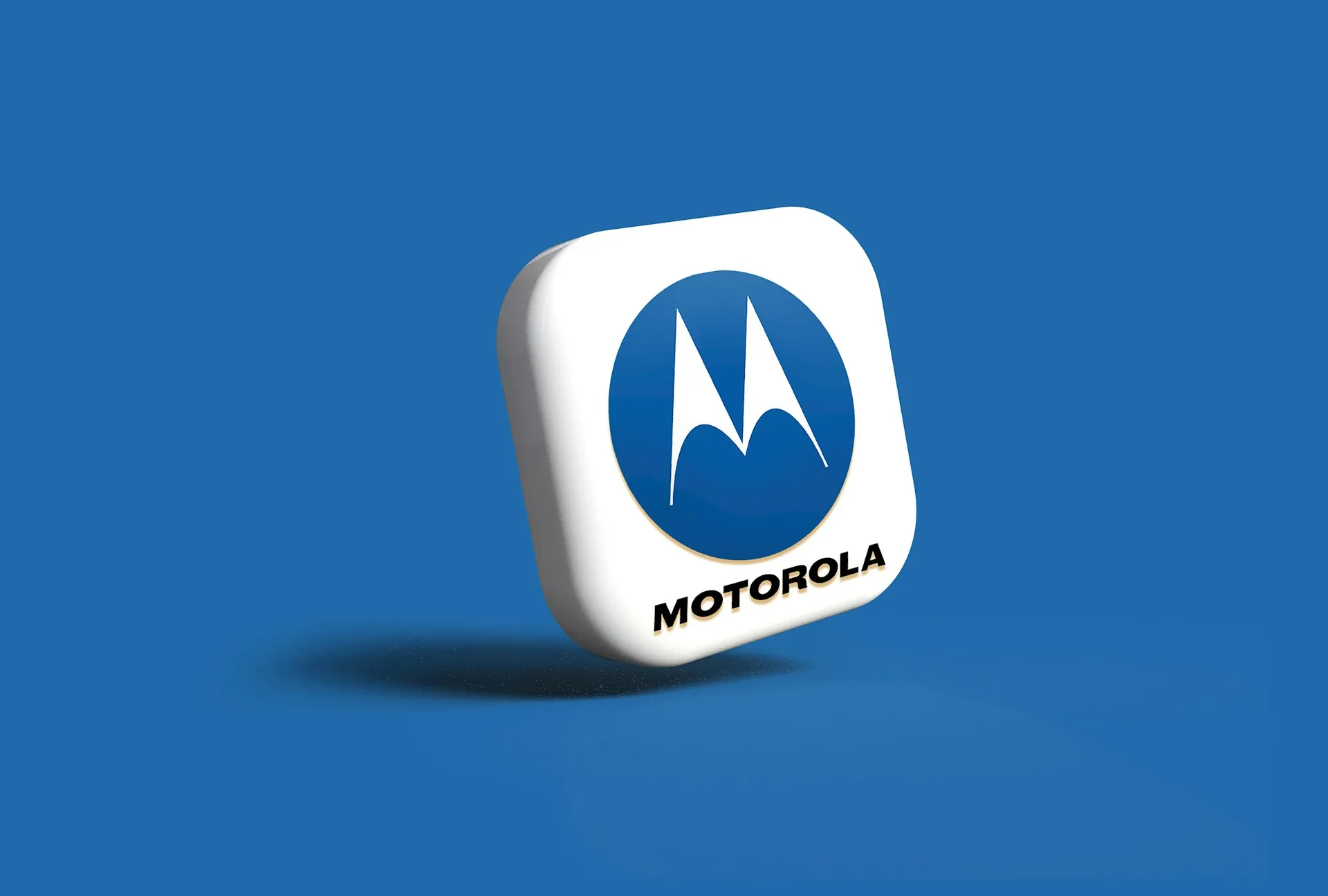
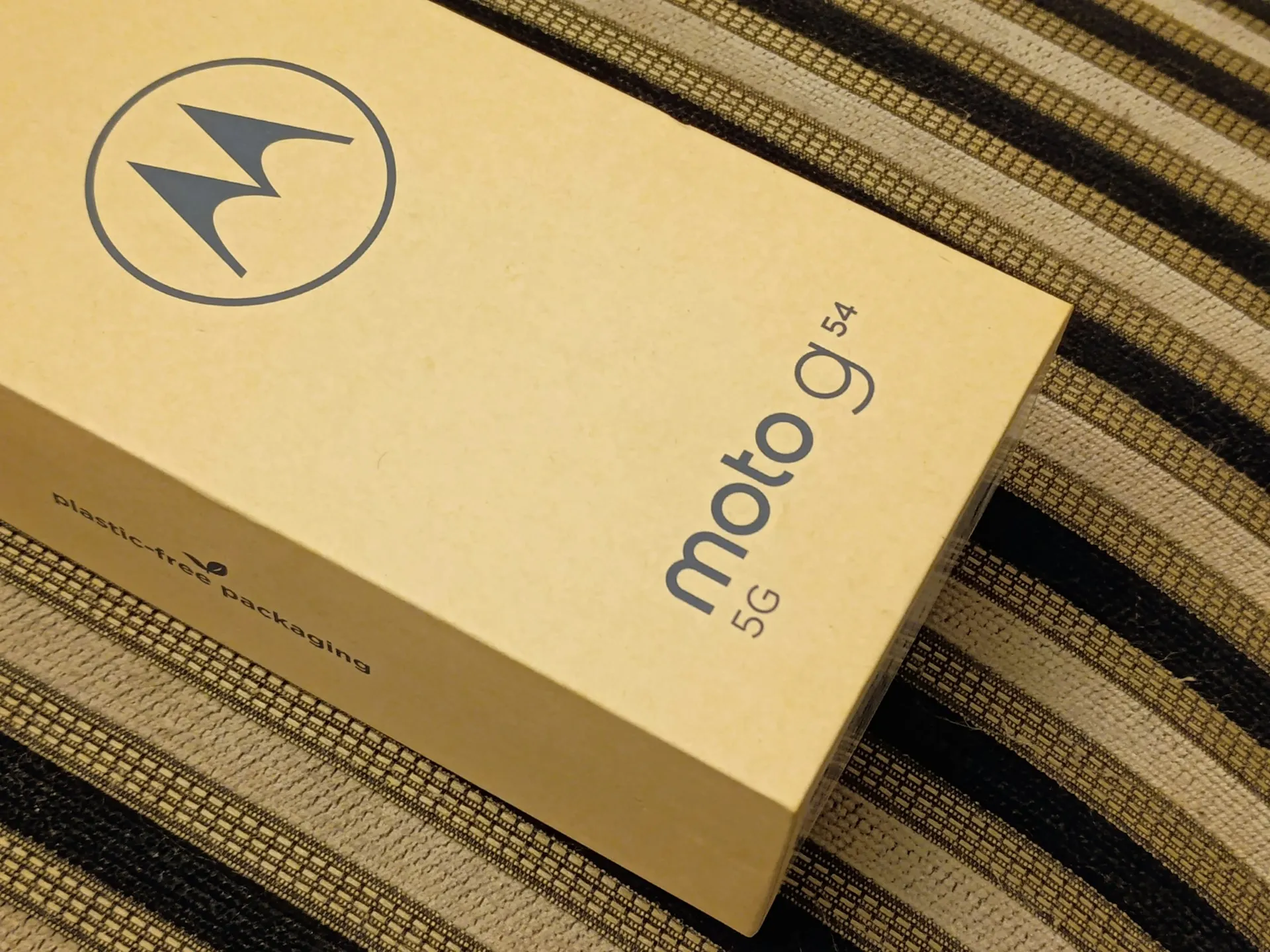


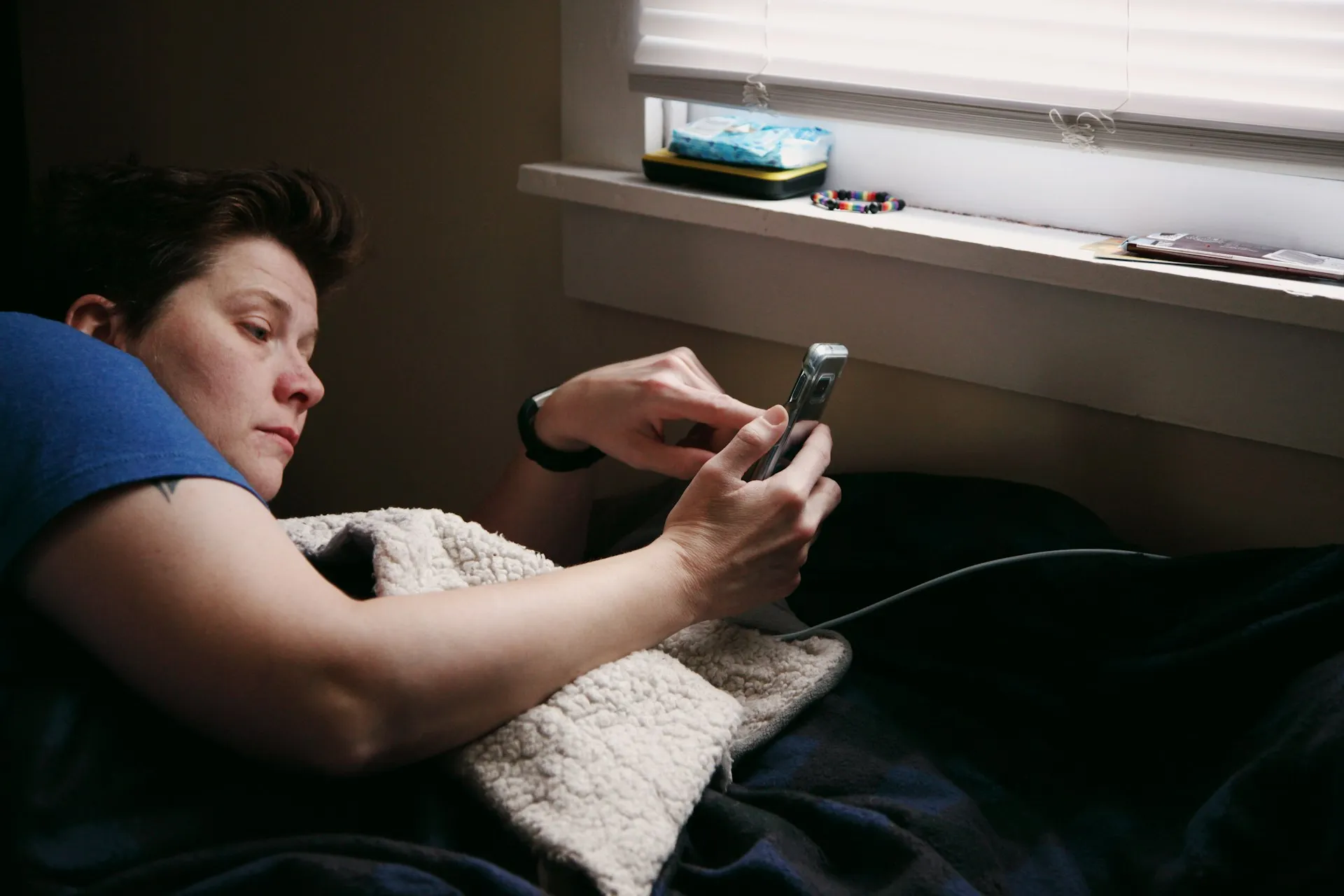
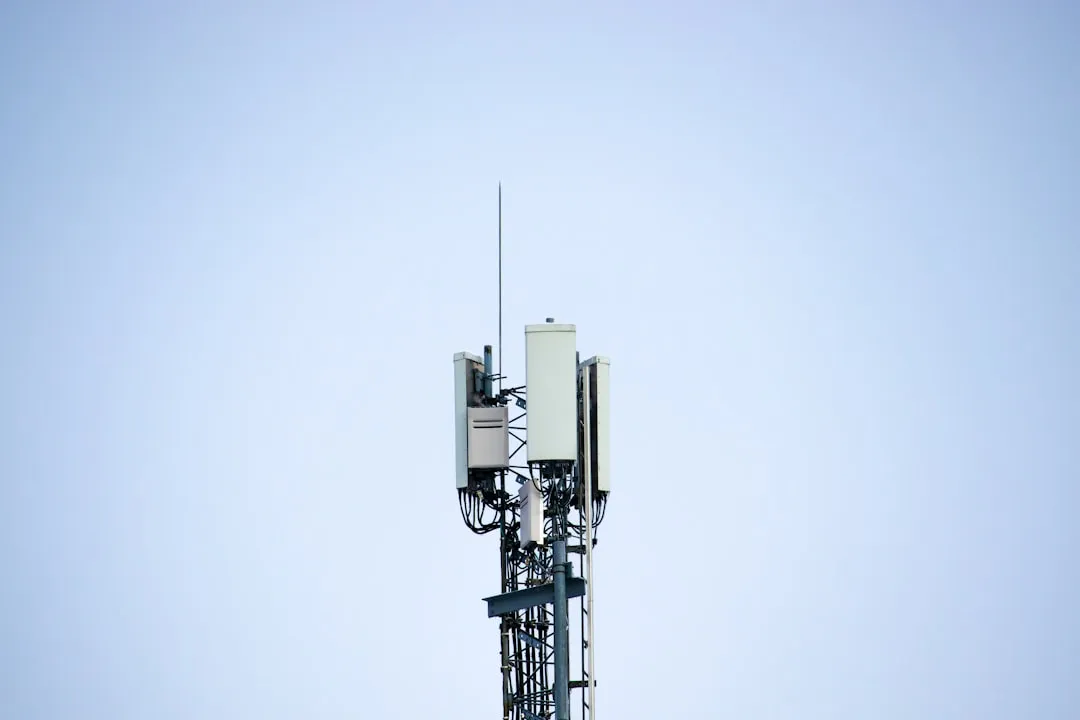
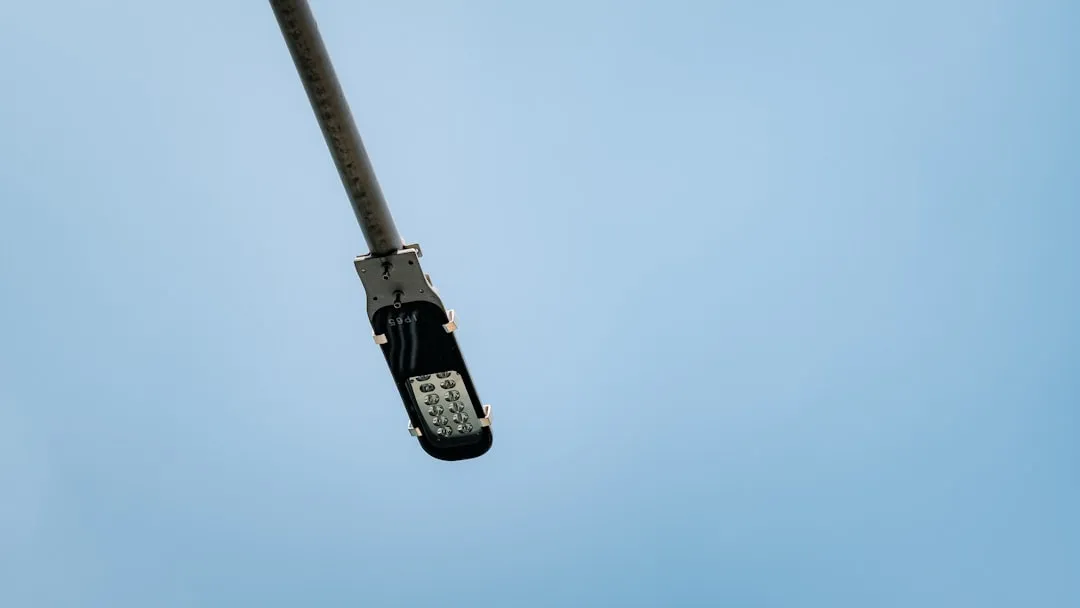

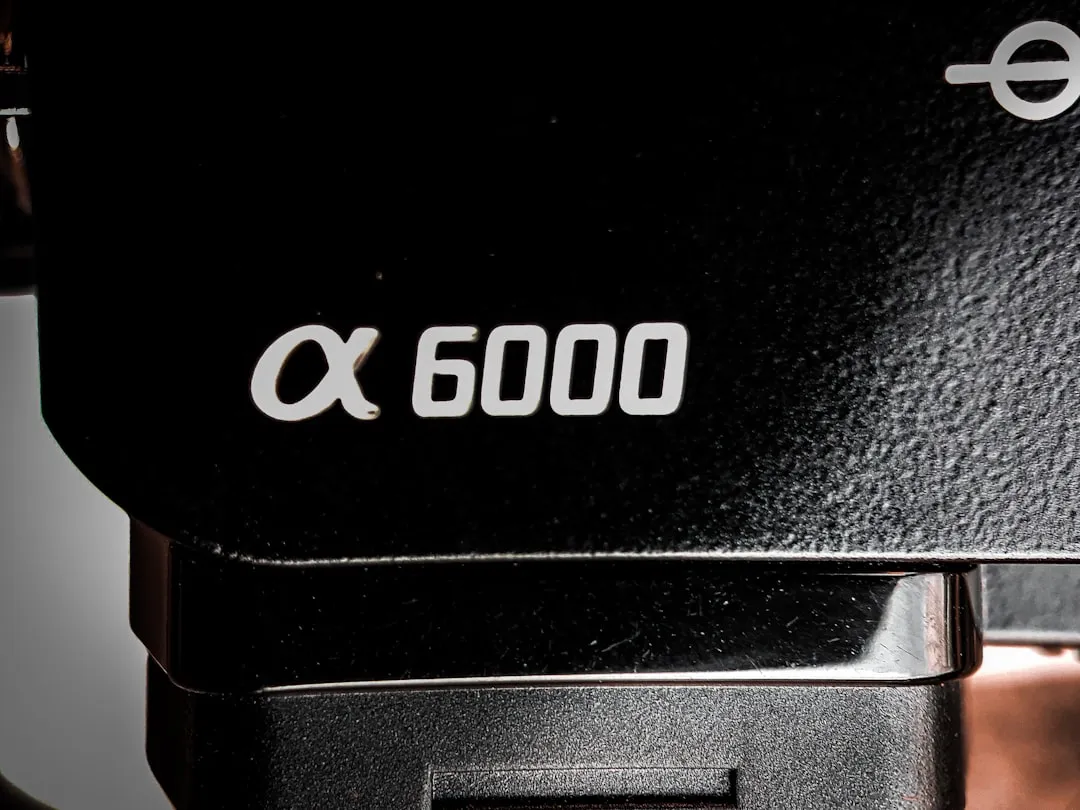

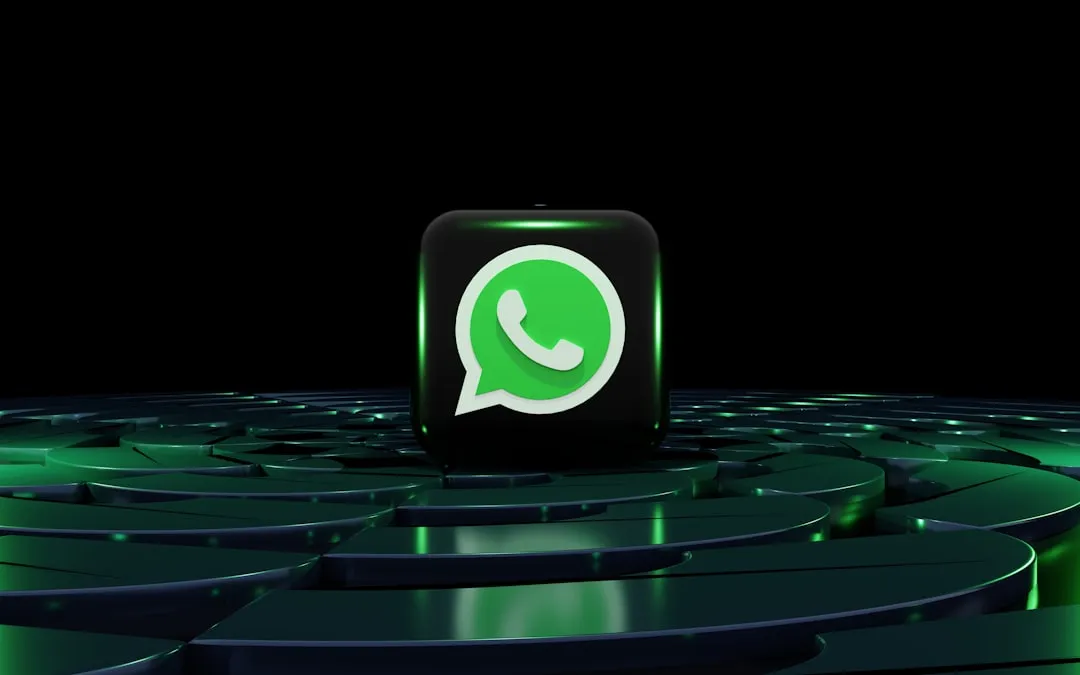
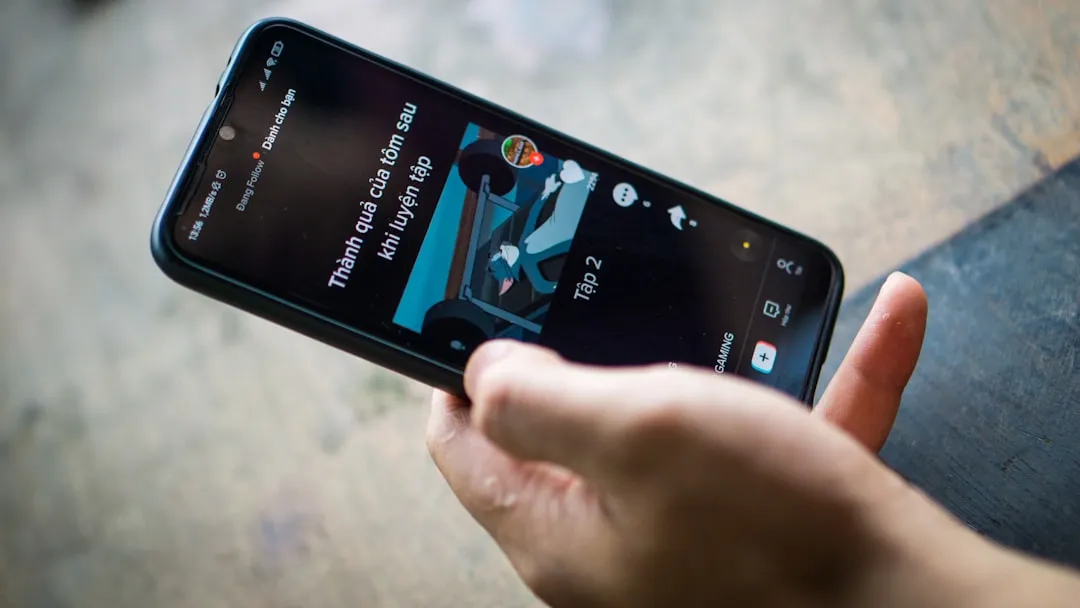
Comments
Be the first, drop a comment!